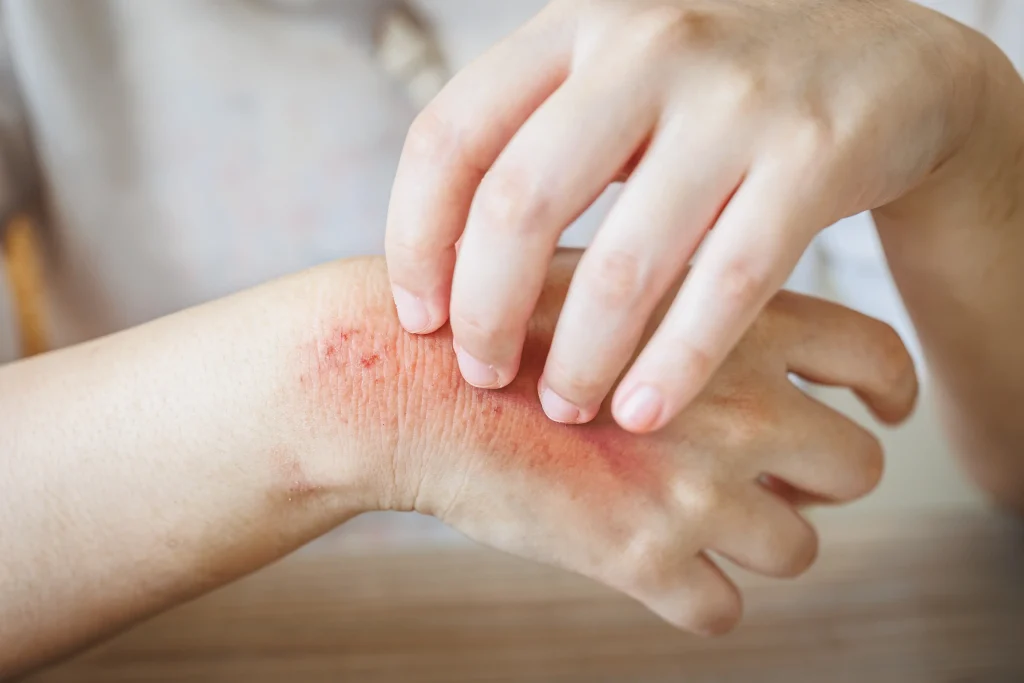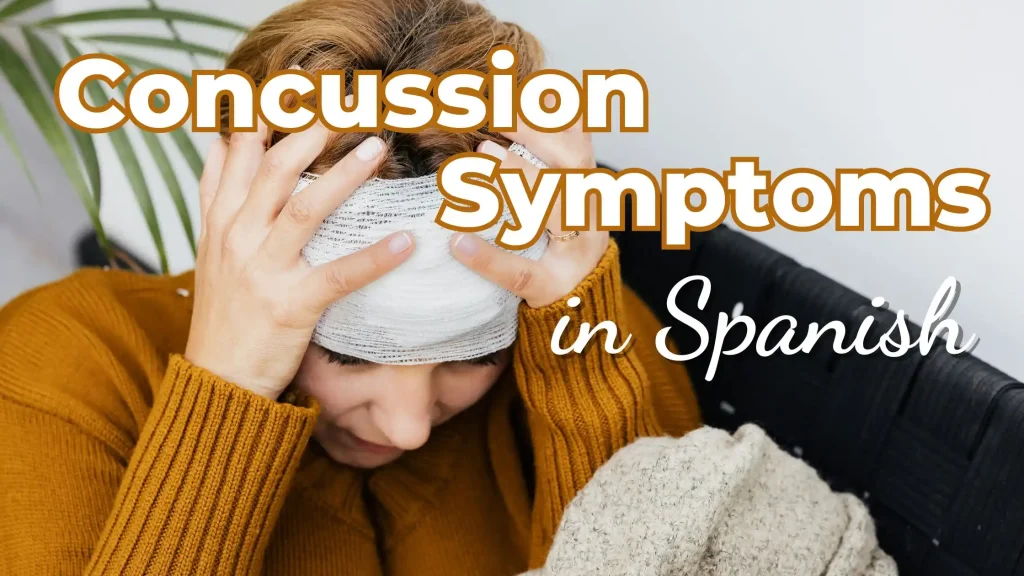When discussing skin rashes in Spanish, there are several terms you can use depending on the context or region. Common ways to say “skin rash” include erupción, salpullido, and un brote. Additionally, you can specify the rash is on the skin by using phrases like en la piel or the adjective cutánea. Here’s how to use each term effectively.
Main Terms for “Skin Rash” in Spanish
- Erupción
Erupción is commonly used in medical contexts to describe a skin outbreak or rash. It’s a versatile word that can be used alone or followed by cutánea to emphasize that it’s on the skin.- Example:
- Tiene una erupción en la piel.
(“He/She has a rash on the skin.”) - Le apareció una erupción cutánea después de usar la crema.
(“He/She developed a skin rash after using the cream.”)
- Tiene una erupción en la piel.
- Example:
- Salpullido
Salpullido is a frequently used term in everyday language to describe rashes, especially mild or heat-related ones. This term is popular in many Spanish-speaking countries.- Example:
- El niño tiene salpullido en los brazos.
(“The child has a rash on his arms.”) - Le salió un salpullido después de estar al sol.
(“He/She got a rash after being in the sun.”)
- El niño tiene salpullido en los brazos.
- Example:
- Un Brote
Un brote literally means “an outbreak,” but you can also use it to describe a sudden skin rash or allergic reaction. This term often conveys that the rash appeared suddenly or is spreading.- Example:
- Tengo un brote en la piel por una reacción alérgica.
(“I have a rash on my skin due to an allergic reaction.”) - Me salió un brote en la espalda.
(“I got a rash on my back.”)
- Tengo un brote en la piel por una reacción alérgica.
- Example:
Specifying the Location: “En la Piel” or “Cutánea”
To be more specific, you can use these terms to indicate the rash is on the skin:
- En la piel – This phrase means “on the skin” and can follow any of the main terms.
- Le salió una erupción en la piel.
(“He/She got a rash on the skin.”)
- Le salió una erupción en la piel.
- Cutánea – This adjective means “cutaneous” and is used to describe something related to the skin. It is commonly added to erupción to make it clear that it is a skin rash.
- Tiene una erupción cutánea que necesita tratamiento.
(“He/She has a skin rash that needs treatment.”)
- Tiene una erupción cutánea que necesita tratamiento.
Putting It All Together: Examples in Sentences
- Después de la caminata, me salió un salpullido en las piernas.
(“After the hike, I got a rash on my legs.”) - El bebé tiene un brote en la piel por alergia al detergente.
(“The baby has a rash on the skin due to an allergy to the detergent.”) - La paciente presenta una erupción cutánea en los brazos y necesita una crema.
(“The patient has a skin rash on her arms and needs a cream.”)
To discuss skin rashes in Spanish, you can choose between erupción, salpullido, and un brote, depending on the context. To clarify it’s on the skin, add en la piel or cutánea. These terms will help you accurately describe different types of rashes and specify the affected area.





